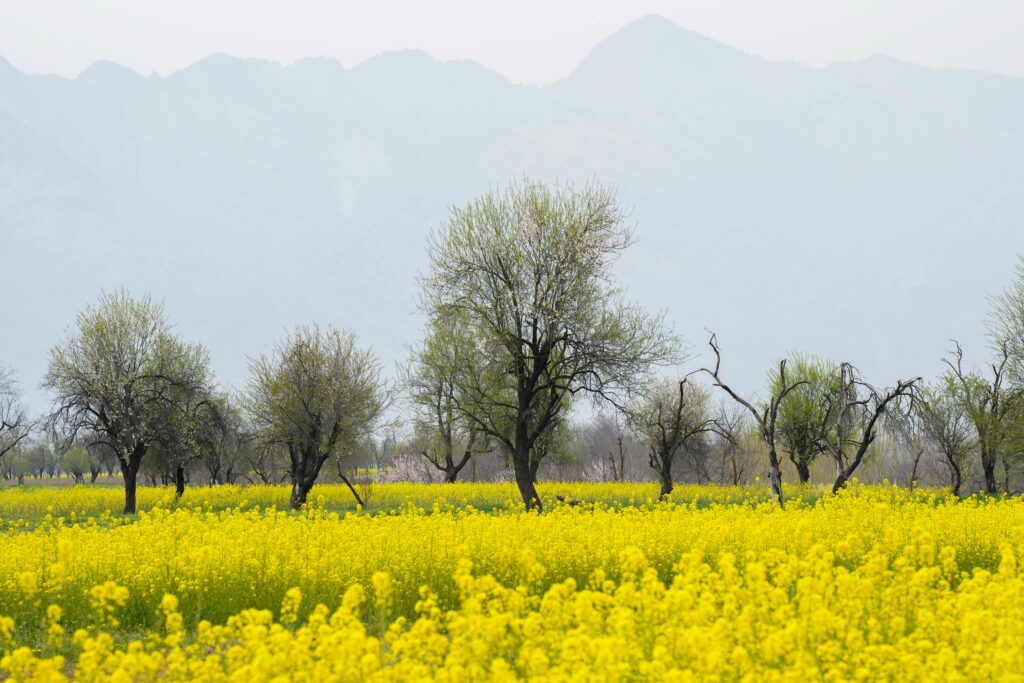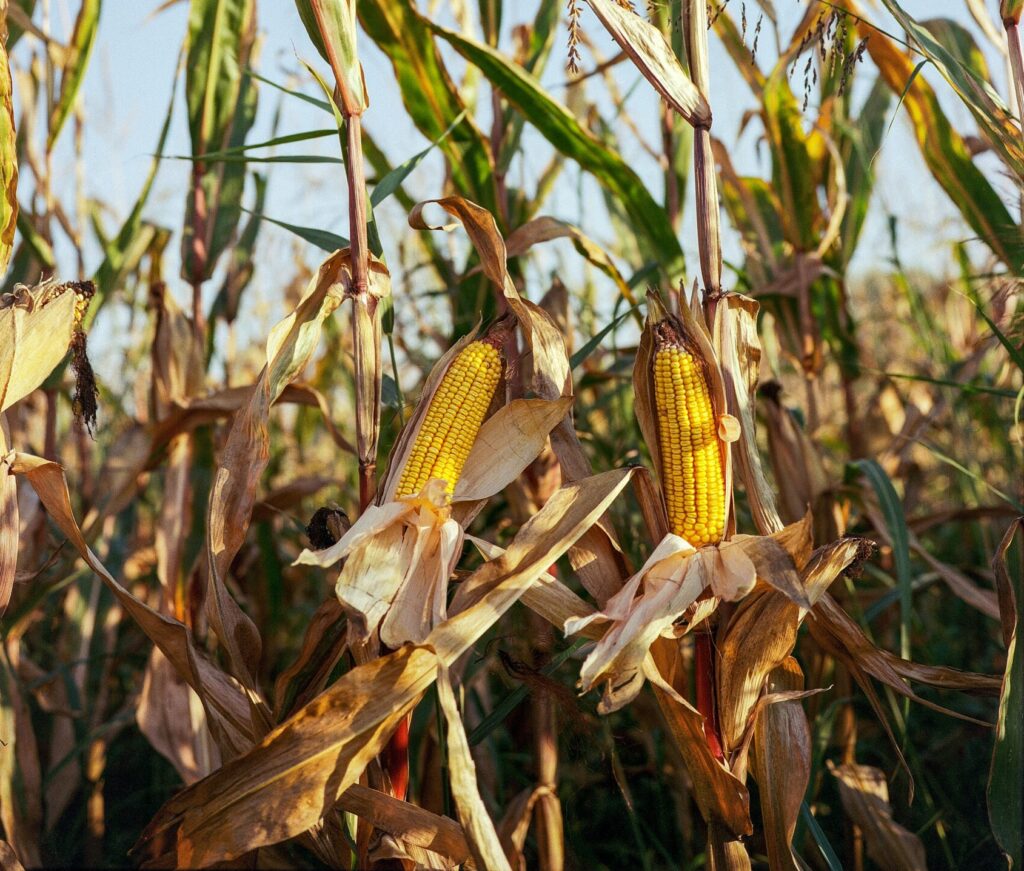Choosing the right soil is crucial for a successful corn crop, as soil quality significantly impacts corn’s growth, yield, and resilience. Corn, a staple in global agriculture, thrives best in soils that offer ideal water retention, good drainage, nutrient richness, and appropriate pH levels. Here’s a detailed guide on the best soil types for corn cultivation, along with the reasons each characteristic matters.
Loam Soil: The Ideal Choice
Loam soil, often considered the “perfect” soil type for various crops, is a well-balanced mixture of sand, silt, and clay. This combination provides excellent drainage and water-holding capacity, both critical for corn’s growth stages. Loam allows roots to access nutrients efficiently while retaining enough moisture to sustain the plant during dry periods. Its moderate texture enables good aeration and root penetration, allowing corn plants to grow robust root systems essential for nutrient uptake and stability.
Sandy Loam: The Balance of Drainage and Retention
Sandy loam is another excellent choice for corn because it combines the drainage properties of sand with the nutrient retention of loam. While sandy soil alone would drain too quickly, the addition of loam retains essential nutrients and moisture. This blend ensures that corn roots are not left waterlogged after heavy rainfall, which can lead to root diseases. However, because sandy loam drains more quickly than pure loam, it often requires more frequent irrigation, particularly during dry spells, to prevent moisture stress.
Silt Loam: Rich in Nutrients and Water-Holding Capacity
Silt loam soil is known for its fine particles, which can hold water and nutrients well, offering ideal conditions for corn growth. Its rich texture means it supports the growth of robust corn plants, but it may need proper drainage measures in areas with heavy rainfall to avoid waterlogging. Silt loam is nutrient-rich, reducing the need for supplemental fertilization, although maintaining balanced nitrogen, phosphorus, and potassium levels remains essential for high yields.
Clay Loam: High Nutrient Content but Requires Good Management
Clay loam has high nutrient content, which is beneficial for corn crops; however, it retains water extensively, which can lead to soil compaction and drainage issues. For corn cultivation in clay loam, it is vital to ensure proper soil aeration through regular tilling or the use of cover crops, which can help improve soil structure and water drainage. This soil type is suitable for areas with moderate rainfall, as too much water can lead to root diseases due to prolonged wet conditions.
pH and Nutrient Levels: Optimizing Soil Health
For corn, the ideal soil pH level is between 5.8 and 6.8, as this range maximizes nutrient availability. Corn requires a balanced supply of nutrients, with a particular need for nitrogen, phosphorus, and potassium (N-P-K). Regular soil testing helps ensure optimal nutrient levels, allowing farmers to adjust fertilization schedules and prevent nutrient deficiencies. Adding organic matter, such as compost or manure, can enhance soil fertility and microbial activity, improving the soil’s ability to support corn plants throughout the growing season.
Soil Preparation and Maintenance
Proper soil preparation is key for maximizing corn yields. Tilling the soil before planting helps aerate it and reduces compaction, making it easier for corn roots to spread and access nutrients. Farmers often implement crop rotation practices, such as alternating corn with legumes like soybeans, to improve soil fertility naturally by replenishing nitrogen levels. Additionally, incorporating cover crops between corn planting seasons can help reduce erosion, improve soil structure, and increase organic matter content.
Selecting the right soil type and managing it effectively are essential steps for successful corn cultivation. Loam, sandy loam, and silt loam soils provide an optimal balance of drainage, water retention, and nutrient richness, making them the best choices for corn crops. By maintaining the ideal pH and nutrient levels, and by following good soil management practices like crop rotation and organic amendments, farmers can maximize their corn yield and soil health, contributing to sustainable agricultural practices and robust harvests.
This soil-focused approach to corn cultivation not only boosts productivity but also helps protect soil resources, ensuring long-term agricultural success.
















